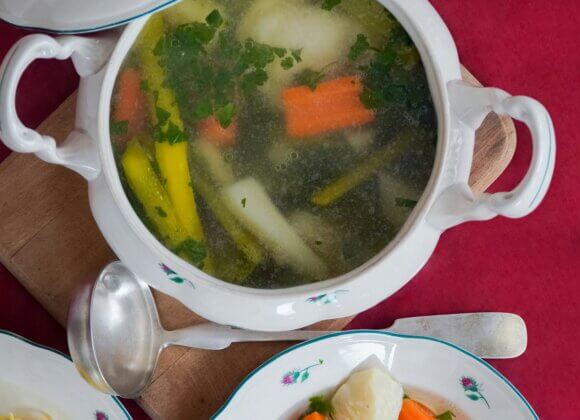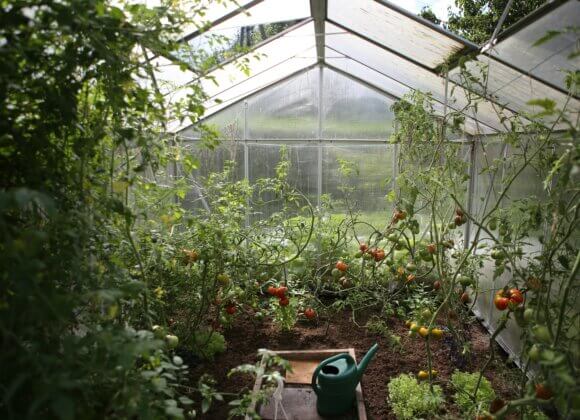Temperature setting, keep-warm function or automatic switch-off: kettles have long been able to do more than just heat water. Whether it’s tea, instant soups (when things need to be done quickly), instant noodles (when things need to be done really, really quickly) or baby food – a kettle in the home is a must-have for anyone who values efficiency and convenience in the kitchen.
But when it comes to choosing the right model, a number of questions arise: Is a glass kettle better than a stainless steel one? Which kettle offers the best temperature setting? What about energy efficiency and price? And what is the best way to descale it? We have the kettle comparison for you!
Kettle comparison: glass vs. stainless steel
Glass kettles have the advantage that they make the filling quantity clearly visible and often have an elegant design. They are also tasteless, which is particularly important when preparing delicate teas. Stainless steel, on the other hand, scores points for its durability and robustness. Stainless steel kettles usually heat up faster and are often easier to clean. Stainless steel also comes out on top when it comes to descaling – especially for people with little time and patience, as water deposits are less visible and cleaning is usually easier.
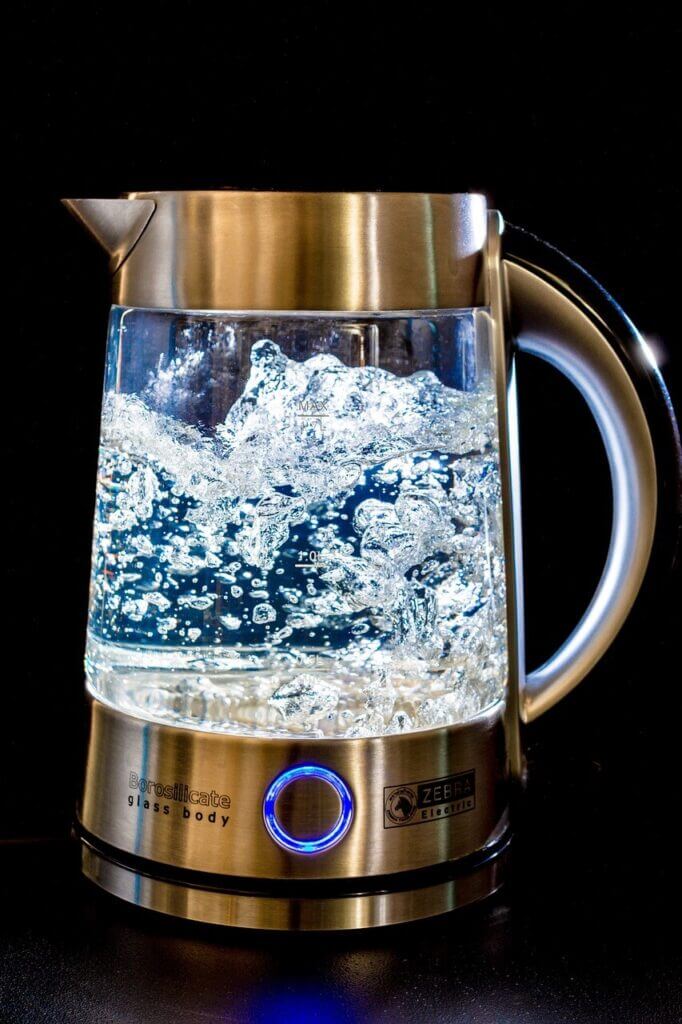
Kettle with temperature setting
If you are looking for an electric kettle with temperature setting, the KitchenAid KEK1522* is a good choice. It allows you to set the temperature precisely, which is very important for preparing different types of tea. With its combination of functionality and aesthetic appeal, it meets both practical and visual requirements.
A brief digression on the optimum brewing temperatures for tea:
- Green tea: The ideal brewing temperature is between 60 and 80 degrees Celsius. Water that is too hot can make the tea bitter.
- White tea: Temperatures of 70 to 85 degrees Celsius are recommended for this delicate tea.
- Black tea: Here you should bring the water to 90 to 100 degrees Celsius to achieve the full flavor.
- Oolong tea: Temperatures between 80 and 90 degrees Celsius are ideal to bring out the flavors.
- Herbal tea: Herbal teas can be prepared at 100 degrees Celsius in order to extract the ingredients optimally.
- Fruit tea: For fruit teas, a brewing temperature of 90 to 100 degrees Celsius is ideal in order to fully release the fruity aromas.
Practical functions that impress
Modern kettles often offer practical additional functions that make everyday life easier. A keep-warm function, for example, keeps the water at the selected temperature for a certain period of time. Perfect for an extended tea ceremony. An automatic switch-off function provides additional safety by switching the kettle off as soon as the water has reached boiling point.
Kettle comparison: design vs ease of use?
Design also plays an important role when buying a kettle. Kettles are not only functional, but can also be stylish elements in your kitchen that can easily pass for home accessories. Banalities such as heating water become a stylish pleasure!
Photo lead: KitchenAid
*The links marked with an asterisk (“*”) are affiliate links. If you buy a product via these links, we will receive a commission. Of course, this does not change the price for you.
Related posts:


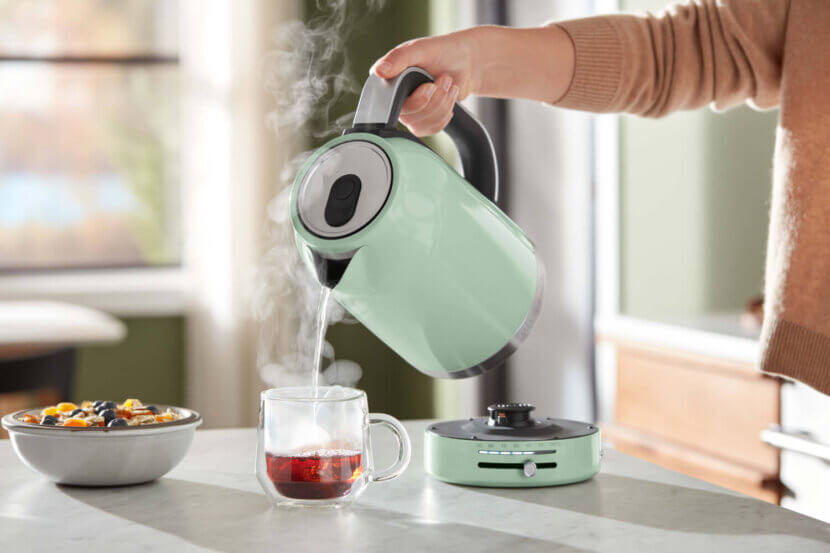
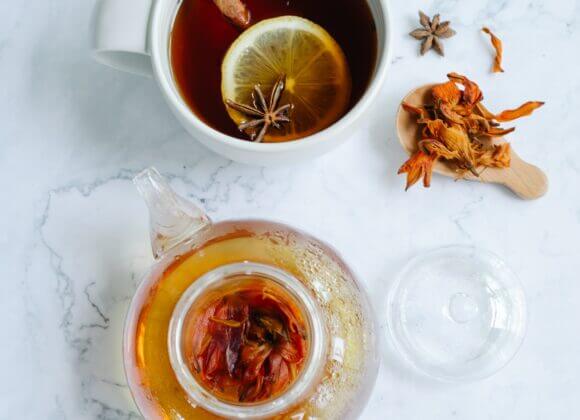
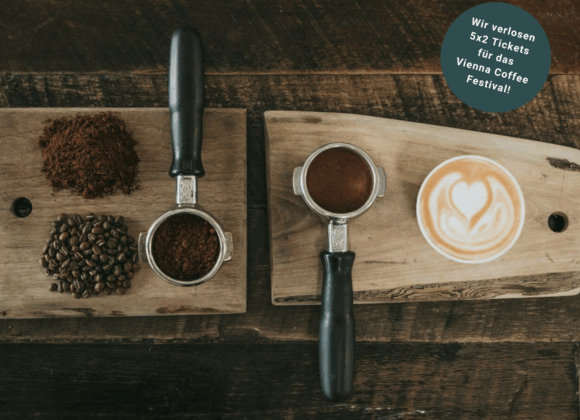
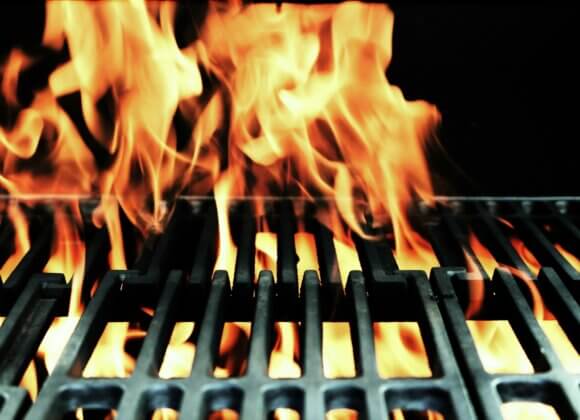
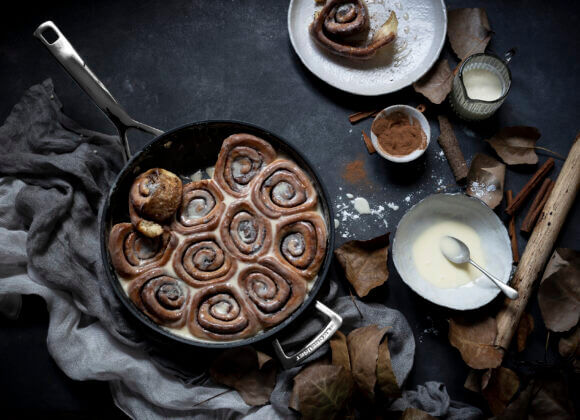
![Home cooking reloaded incl. competition Christoph_Krauli_Held©Monika_Loeff_19285[1]](https://myhome.at/wp-content/uploads/2025/09/Christoph_Krauli_Held©Monika_Loeff_192851-580x420.jpg)

